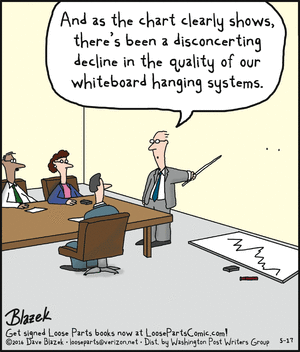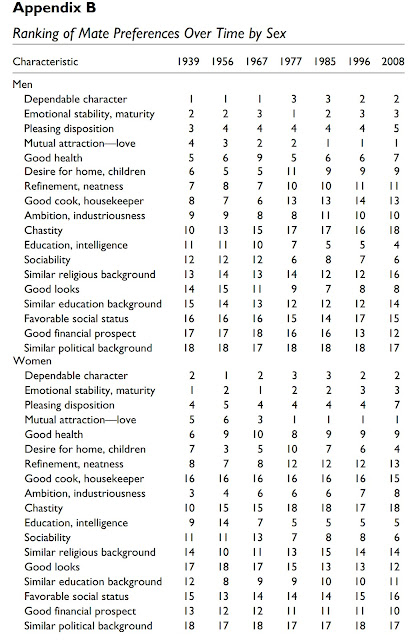Not a statistical image this time, but a
scene from the espionage novel "The Gun Seller" by writer, actor,
musician Hugh Laurie. He uses an old example with a misunderstanding of the
probability of joint events. Consider two events B1 an B2
each occurring with the same probability P(B1) = P(B2) = p. If they occur together, their joint
probability is denoted P(B1 and B2). We can think sequentially and consider
P(B1
and B2) = P(B1)P(B2
given B1) and if they are
independent
P(B2 given B1)
= P(B2) = p. So
that under independence
P(B1 and B2) = p2 , much smaller than p. Notice how he relates this below.
P(B1 and B2) = p2 , much smaller than p. Notice how he relates this below.
There was a bomb scare on the flight out to Prague. No bomb, but lots of scare.We were just settling ourselves into our seats when the pilot’s voice came over theintercom, telling us to deplane with all possible speed. No ‘ladies and gentlemen, on behalf of British Airways,’ or anything like that. Just get off the plane now.
We hung around in a lilac-painted room, with ten fewer chairs than there were passengers and no music to play by, and you weren’t allowed to smoke. I was, though. A uniformed woman with a lot of make-up told me to put it out, but I explained that I was asthmatic and the cigarette was a herbal dilation remedy I had to take whenever I was under stress. Everybody hated me for that, the smokers even more than the non-smokers.When we finally shuffled back on to the aircraft, we all looked under our seats, worriedthat the sniffer dog might have had a cold that day, and that somewhere there was a little black hold-all that all the searchers had missed.
There once was a man who went to see a psychiatrist, crippled by a fear of flying. His phobia was based on the belief that there would be a bomb on any plane he boarded. The psychiatrist tried to shift the phobia but couldn’t, so he sent his patient to a statistician. The statistician prodded a calculator and informed the man that the odds against there being a bomb on board the next flight he took were half a million to one. The man still wasn’t happy, and sat there convinced that he’d be on that one plane out of half a million. So the statistician prodded the calculator again and said ‘all right, would you feel safer if the odds were ten million to one against?’ The man said, yes, of course he would. So the statistician said ‘the odds against there being two, separate, unrelated bombs on board your next flight are exactly ten million to one against.’ The man looked puzzled, and said ‘that’s all well and good, but how does it help me?’ The statistician replied: ‘It’s very simple. You take a bomb on board with you.'
I told this to a grey-suited businessman from Leicester, sitting in the seat next to me, but he didn’t laugh at all. Instead, he called a stewardess and said he thought I had a bomb in my luggage. I had to tell the story again to the stewardess, and a third time to the co-pilot who came back and squatted at my feet with a scowl on his face. I’m never going to make polite conversation ever again.
Perhaps I’d misjudged how people feel about bombs on aeroplanes. That’s possible. A more likely explanation is that I was the only person on the flight who knew where the hoax bomb call had come from, and what it meant.Of course no statistician would suggest such an action. Comic irony or real misunderstanding?







